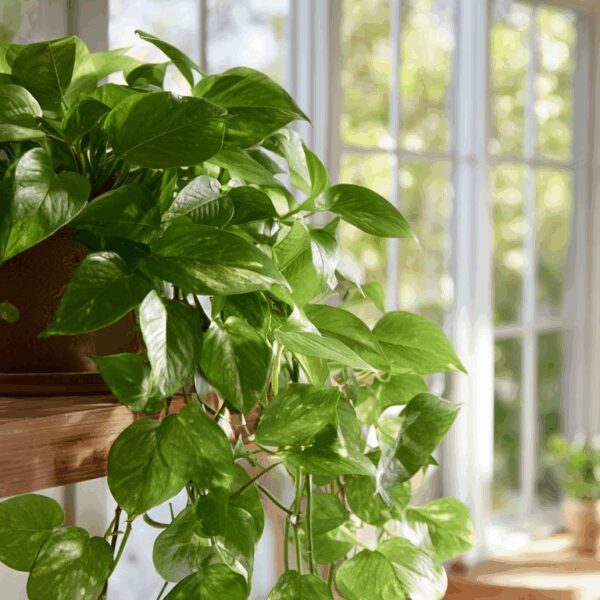Gardening is a popular hobby in the USA, but understanding the climate and other variables in your area can be overwhelming. Don’t worry, we’ve got you covered! Today, we’re going to give you a better understanding of USDA Hardiness Zones. Read on to learn about these zones and how they can help your garden thrive!
What are USDA Hardiness Zones?
The United States Department of Agriculture (USDA) developed the Plant Hardiness Zone Map to provide a guide for gardeners and landscapers in selecting the best plants for their area. The map divides the United States into 13 zones, each corresponding to a certain range of winter temperatures. This helps gardeners predict which plants are most likely to survive winter conditions in their area and allows them to choose plants that will have the best chance of thriving. For example, a plant hardy enough for Zone 5 will not be able to survive in Zone 8.
How to determine your USDA Hardiness Zone
Knowing your USDA Hardiness Zone is the key to successful gardening. To find out which zone you live in, simply search by zip code on the USDA website. This will give you a map of the US and your exact zone, broken down into 11 different categories. It’s also possible to use an interactive map on the USDA website, which will allow you to zoom in and click on each zone for more detailed information.


You can also look for books that cover hardiness zones; these are usually available in plant nurseries or garden centers. Additionally, soil maps can be used to determine your hardiness zone, as soil type and temperature range can be used as an indicator.
Discover the magic behind having a green thumb: Break free from preconceived ideas about gardening!
Planting and care tips for different USDA Hardiness Zones
In order to get the most out of your garden, it is important to understand the characteristics of your hardiness zone. Each zone has its own temperature range, average first and last frost dates, and typical precipitation patterns. This information can help you choose the best plants for your area and plan when to plant them. For example, if you live in USDA Zone 7a, you can expect average winter temperatures to be between 0-5°F (-18 to -15°C). Knowing this information allows you to choose plants which can withstand cold temperatures, such as flowering kale, pansies, ornamental cabbage, and violas.
In addition, you may want to select plants appropriate for your area’s growing season. If your hardiness zone has a short growing season, choose plants that mature quickly so they can reach their full potential before the frost sets in. On the other hand, if your area has a long growing season you may want to select plants that bloom for a longer period of time like roses or daylilies. By understanding the conditions in your garden, you can make sure you select the right plants that will thrive in your area.
Benefits of knowing your USDA Hardiness Zone
Knowing your USDA hardiness zone can help you make informed decisions about what plants to grow in your garden. It provides information on what plants are well-suited for your particular climate and can help you avoid costly mistakes. By understanding your USDA hardiness zone, you can quickly identify plants that will thrive in your area and select varieties that will perform best in the specific conditions of your region. This knowledge can also help you save time and money by preventing you from planting crops that are unlikely to survive the winter. Additionally, it can help provide guidance on when is the best time to plant certain crops, as well as how much water, sunlight and fertilizers they need. Finally, knowing your USDA hardiness zone can help you determine the best landscape design based on your local plant selection.
If you have enjoyed reading this article, please help us reach more readers by sharing it on social media or by email. Sharing our content is an important part of growing our website because it allows us to reach more people who may find the information useful. When you share our articles, not only do you help us grow our audience, but you also help spread valuable knowledge to others. Your support is greatly appreciated!







